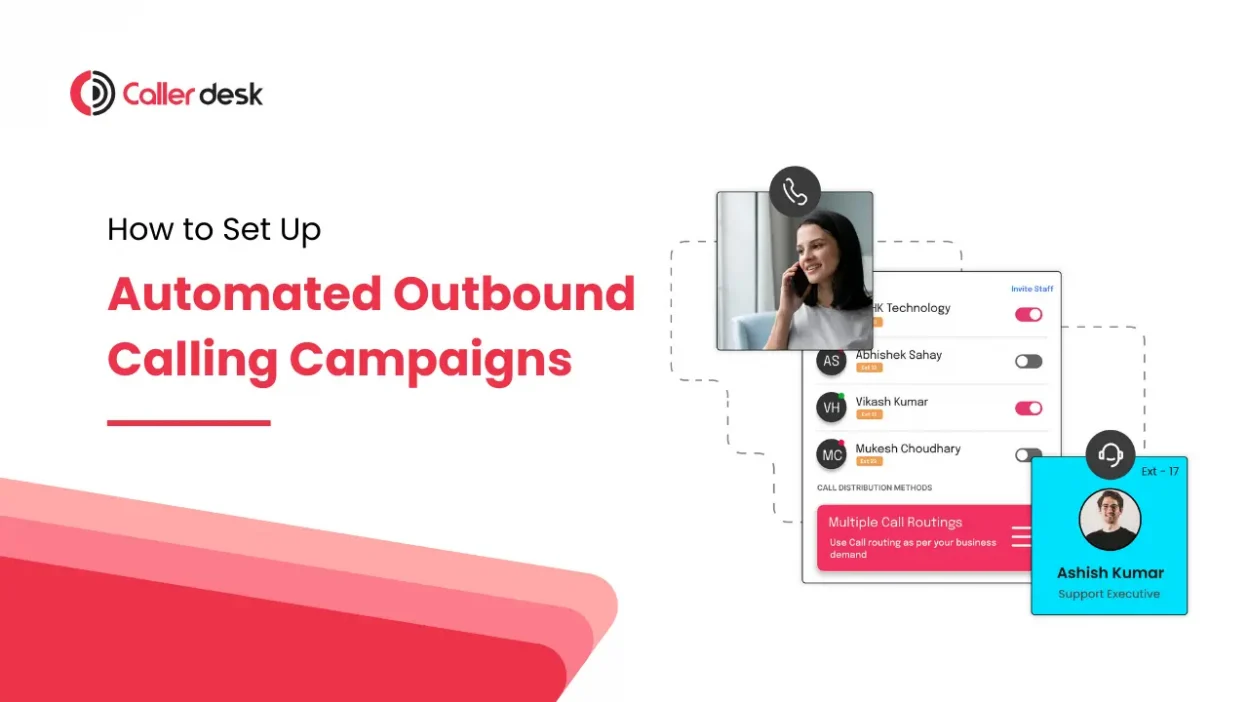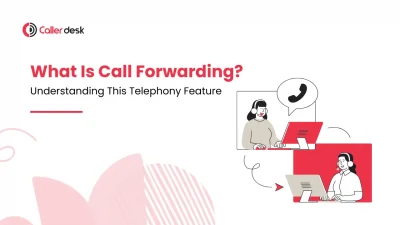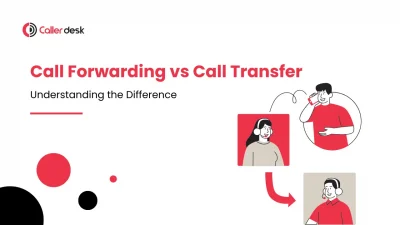Outbound calling campaigns have become a powerful tool for businesses to engage with customers, improve efficiency, and scale their operations. But in today’s competitive market, simply making calls isn’t enough. Customers demand personalized, timely, and meaningful interactions—and automation is how businesses can deliver that on a large scale.
With automated outbound calling, you can reach thousands of customers in a single day, streamline follow-ups, and even gather valuable insights—all while reducing the workload on your team. It’s not just about saving time; it’s about creating smarter, data-driven campaigns that resonate with your audience and strengthen customer relationships.
This guide will walk you through everything you need to know about building effective automated outbound calling campaigns. From optimizing workflows to enhancing customer engagement, we’ll show you how to maximize the impact of this game-changing technology.
1. Define Your Goals and Understand Your Audience
Setting Clear Objectives
Before diving into automation tools, clarify your campaign goals. Are you aiming to generate leads, gather feedback through surveys, or facilitate transactions? Defining clear objectives guides every aspect of your campaign strategy.
Know Your Audience
Understanding your target audience is key to crafting personalized messages. Consider demographics, preferences, and pain points to tailor your script and ensure relevance. This approach not only improves engagement but also enhances the overall customer experience.
2. Crafting a Compelling Script (with Compliance in Mind)
Engaging Script Development
Create a script that is concise yet engaging. Keep in mind that recipients of automated calls prefer brief and clear messages that get straight to the point.
Highlighting Value
From the outset, emphasize how your product or service benefits the listener. Clearly articulating value helps maintain interest and encourages interaction.
Ensuring Compliance
Include an easy opt-out option to comply with regulations like the Telephone Consumer Protection Act (TCPA). Respecting these regulations is crucial for building trust and maintaining compliance.
Testing for Effectiveness
Record multiple versions of your script to test which resonates best with your audience. By testing variations, you can refine your message for maximum impact.
3. Choosing the Right Technology
Selecting the Best Tools
Evaluate various automated dialer options, such as predictive or progressive dialers, based on your campaign’s needs. The right technology choice ensures efficient call handling and optimal engagement rates.
Integrating Interactive Voice Response (IVR)
Implement an IVR system to automate basic inquiries and seamlessly transfer calls to live agents when needed. IVR enhances customer satisfaction by ensuring prompt and relevant responses.
Utilizing Call Analytics
Deploy call analytics software to track and analyze campaign performance metrics. Insights into call success rates and customer feedback empower you to continuously refine your approach.
4. Designing a Seamless Call Flow
Mapping the Customer Journey
Visualize the customer journey from the initial greeting to the final call to action (CTA). A well-designed call flow with clear prompts enhances the caller’s experience and increases engagement.
Reducing Wait Times
Minimize hold times by optimizing call routing and ensuring quick access to live agents when necessary. Streamlining the call flow demonstrates respect for the caller’s time and improves overall satisfaction.
Offering Multiple Contact Options
Incorporate alternative contact methods, such as website links or SMS options, into your automated calls. Providing choices accommodates diverse customer preferences and encourages interaction.
5. Testing, Refining, and Scaling
Thorough Testing Process
Conduct rigorous testing of your script, call flow, and technology integration before full deployment. Testing ensures a seamless customer experience and identifies areas for improvement.
Starting Small
Begin with a pilot test involving a smaller audience segment to gather feedback and fine-tune your approach. Scaling gradually minimizes risks and optimizes campaign effectiveness.
Analyzing Performance
Regularly monitor campaign performance using call analytics data. Metric analysis enables you to make real-time plan adjustments that increase engagement and conversion rates.
6. Bonus Tip: Prioritize Customer Experience
Enhance customer experience by:
- Strategic Call Timing: Schedule calls during appropriate hours to maximize responsiveness and engagement.
- Respecting Preferences: Honor Do Not Call (DNC) requests promptly to build trust and comply with regulations.
- Value-Oriented Approach: Focus on delivering value and solving customer needs rather than solely focusing on sales.
Conclusion–
Automated outbound calling isn’t just about efficiency—it’s about building real connections. By setting clear goals, crafting engaging scripts, and using the right technology, you can create campaigns that resonate with your audience and drive results.
Focus on delivering value, respecting customer preferences, and constantly refining your approach. When done right, automated calling becomes a powerful tool to boost engagement, improve customer relationships, and scale your business effectively.





